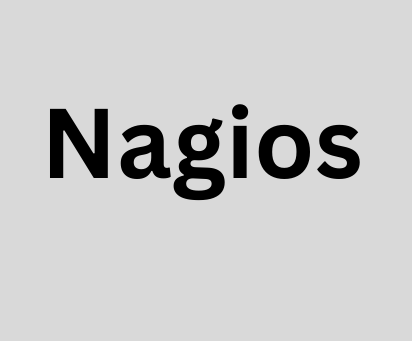Let’s take a closer look at the Active and Passive checks in Nagios. At Bobcares, with our Server Management Services, we can handle your Nagios issues.
Active and Passive check in Nagios
Nagios continuously keeps track of all aspects of the IT infrastructure, including the systems, applications, services, and other operations, making it a famous monitoring tool. With Nagios, active and passive monitoring of hosts and services are both possible.

Active check in Nagios
The most popular technique for keeping track of hosts and services is active checks. The check logic in the Nagios daemon starts active checks. When a host or service needs to have its status checked, Nagios will run a plugin and provide it with the necessary information. The plugin will then examine the host or service’s operational status and send its findings to the Nagios daemon. As needed, Nagios will process the host or service check results and take the relevant action.
The main features of the active check include:
- Nagios process will start it.
- Run on a regularly scheduled basis.
When? Depending on the type of state the host or service is in, regularly scheduled checks happen at intervals equal to either the check_interval or the retry_interval in the host or service specifications. A host or service will be actively tested at intervals equal to the check_interval option if it is in a HARD state. The testing occurs at intervals equal to the retry_interval option if it is in a SOFT state.
When Nagios detects the need to find out the most recent status information for a specific host or service, it performs on-demand checks.
Passive check in Nagios
Nagios also offers a method for passively monitoring hosts and services as opposed to actively doing so. During a passive check, an external application checks a host or service’s status. The results of the check write into the external command file by the external program.
The results of all passive checks will be in a queue for processing the next time Nagios reads the external command file. Also, the results from passive checks will store in the same queue as the results from active checks. Nagios will run a check result reaper event and then examine the check result queue on a regular basis. Regardless of whether the service check was active or passive, each result that is found in the queue is handled in the same way. Depending on the information in the check result, Nagios may send notifications, log alarms, etc.
The main features include:
- External applications/processes will start it.
- Nagios processes result from passive checks.
[Looking for a solution to another query? We are just a click away.]
Conclusion
To conclude, the article explains the Active and Passive check in Nagios, including its features.
PREVENT YOUR SERVER FROM CRASHING!
Never again lose customers to poor server speed! Let us help you.
Our server experts will monitor & maintain your server 24/7 so that it remains lightning fast and secure.




0 Comments